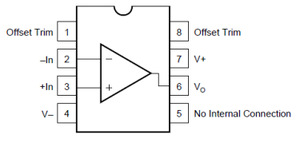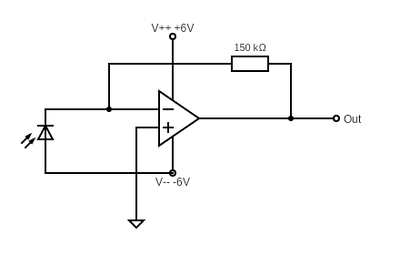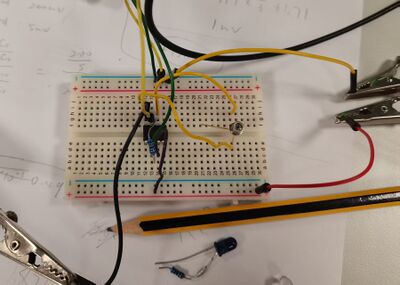Blood Oxygen Sensor
Team members
He Lingzi: e1352952@u.nus.edu
Xu Yintong: e1127400@u.nus.edu
Zhao Lubo: e1127502@u.nus.edu
Zhang Ruoxi: e1350111@u.nus.edu
Idea
This project aims to build a sensor to detect the oxygen concentration in the blood.
Blood oxygen sensors typically operate on optical principles. The most common type of blood oxygen sensor is the pulse oximetry (SpO2) sensor. The SpO2 sensor utilizes the light absorption characteristics to measure the oxygen saturation level of hemoglobin. It works by emitting two different wavelengths of light (usually red and infrared) through the skin into the blood, and then measuring the intensity of the light that is reflected back through the skin using corresponding photoelectric sensors. Based on the difference in absorption of red and infrared light, the oxygen saturation level in the blood can be calculated.
Experimental Setup
Equipment used
- Photodiode: S5971 - used for detecting transmitted light.
- Operational Amplifier: OPA177 - configured for amplification of the photodiode signal.
- Resistor: Install a 150k ohm resistor between the amplifier's output and the ground to adjust the gain of the amplifier based on the expected light intensity.
- LEDs: 660 nm (red) and 940 nm (infrared) wavelengths – used for measuring the absorption characteristics of oxygenated and deoxygenated hemoglobin.
- Function Generator: Tektronix AFG1022 – used to drive the LEDs.
- Oscilloscope: R&S RTE2004 – used to observe the photodiode output signal.
- Power Supply: Keithley 2231A-30-3 – configured to provide ±6 V.
- Commercial Oximeter – used for reference comparison.
Circuit Setup
1. Photodiode and Amplifier Connection
The S5971 photodiode is reverse-biased and connected to the inverting input of the OPA177 operational amplifier. A 150 kΩ feedback resistor is used between the output and the inverting input of the op-amp, forming a transimpedance amplifier. This configuration converts the small photocurrent generated by the photodiode into a readable voltage output.
8-Pin Op-Amp Pinout Description is shown below:
- Figure 1: Amplifier
The circuit diagram is shown below:
- Figure 2: Circuit Diagram Figure 3: Connected Circuit
Measurements
....


